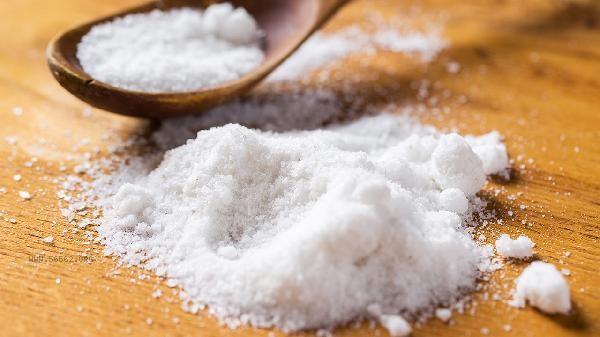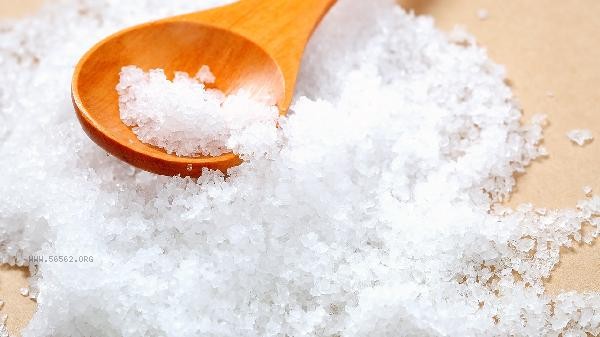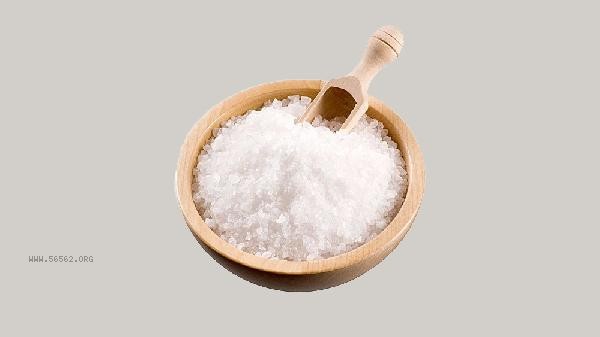Adding salt during dough making is mainly to regulate the fermentation speed of the dough, enhance gluten elasticity, and improve the flavor of the finished product. The main functions of salt in dough include inhibiting the proliferation of miscellaneous bacteria, stabilizing yeast activity, enhancing dough extensibility, delaying excessive fermentation, and balancing taste.

1. Inhibiting the proliferation of miscellaneous bacteria
Salt has natural antibacterial properties and can effectively inhibit the excessive proliferation of lactic acid bacteria and other miscellaneous bacteria in dough. Dough is easily contaminated by environmental microorganisms during the fermentation process, and an appropriate amount of salt can reduce the rancid taste produced by microbial metabolism, avoiding abnormal fermentation of the dough. Usually, adding 2-3 grams of salt per 500 grams of flour can achieve antibacterial effects, while excessive amounts can actually inhibit yeast activity.
2. Stable yeast activity
Salt can regulate yeast fermentation rate and avoid dough collapse caused by rapid gas production. Low concentration salt solution can protect the integrity of yeast cell membrane, allowing it to continuously and stably produce gas during fermentation. But when the salt concentration exceeds 3% of the flour amount, yeast dehydration and death may occur due to high osmotic pressure, so the addition ratio needs to be strictly controlled.
3. Improve dough extensibility
Sodium ions can bind with gluten in flour, promoting the formation of gluten network structure. This effect makes the dough more elastic and resilient, making it less prone to breakage during subsequent shaping operations. Experiments have shown that the tensile strength of salt containing dough can be increased by about 20% compared to salt free dough, and the internal structure of bread is more uniform and delicate after baking.

4. Delaying excessive fermentation
Salt can moderately delay the fermentation process through osmotic pressure, providing bakers with a more flexible operating time window. Especially in high temperature environments during summer, adding salt can prevent the dough from producing too many bubbles due to rapid fermentation, which can lead to problems such as large holes or rough structure in the final product.
5. Balanced Taste
Salt can neutralize the sour taste produced by the decomposition of sugar in the dough, highlighting the sweet flavor of the flour itself. In the production of sweet bread, the ratio of salt to sugar is usually maintained between 1:5 and 1:10, which can enhance the sweetness level without producing obvious salty taste. Salty bread can enhance its flavor characteristics by increasing the salt content to 2% of the flour content.

When making noodles in daily life, it is recommended to use natural sea salt or rock salt without iodine to avoid the impact of iodide on yeast activity. The water absorption of different types of flour varies, so when adding salt, it should be dissolved in the formula water before mixing with flour. For European bags and other categories that require long-term fermentation, the salt content can be appropriately reduced to 1% of the flour content to prevent excessive inhibition of yeast. People with hypertension can choose low sodium salt as a substitute when consuming, but the fermentation time should be correspondingly extended. Mastering the ratio of salt to flour can significantly improve the texture and flavor expression of noodle products.








Comments (0)
Leave a Comment
No comments yet
Be the first to share your thoughts!